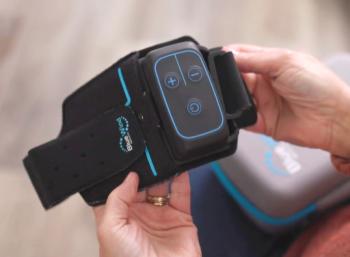
Transitioning to retirement
Learn from a physician's personal experience as to how to inch toward retirement while still in practice.
I listened as the ophthalmologist who was about to do my LASIK surgery spoke in a very direct and factual manner.
"How are they different from ordinary cataracts?" I asked.
"What causes them?"
"Long-term steroid use or irradiation."
I swallowed hard. I'd been performing cardiac catheterizations for more than 20 years. Most of the time, I had used a lead shield and lead glasses. Many times, however, I had not done so-for instance, when I needed fluoroscopy to perform emergency insertions of temporary pacemakers or catheters in the intensive care unit. In retrospect, many of my leaded protection glasses did not have side shields, and the x-ray equipment I had used in the 1970s and '80s had considerably more scatter of radiation than modern machines.
No matter what the cause, I quickly realized that I was at a crossroads of my career.
"I haven't used steroids, so that only leaves irradiation. What's the prognosis?" I asked.
"Well, if you continue to be exposed to x-rays, your cataracts likely will worsen and require surgery," he answered.
"And if I don't?"
"They may stay static for years-or worsen suddenly."
"So what you're telling me is that I probably should quit doing cardiac caths?"
"I can't make that decision for you."
A NEW DIRECTION
He didn't have to. As much as I enjoyed performing catheterizations, I was not willing to risk my eyesight if it could be prevented-or surgery forestalled. Besides, I had plenty of partners who performed caths and interventions, and not doing them would drop my salary only a small amount. I discussed the issue with my partners, all of whom agreed with my decision to become the second full-time doctor performing noninvasive procedures in the cardiology group that I had started in 1982.
Previously, I had not thought seriously about slowing down or retiring, although after 22 years in private practice, the 60- to 80-hour workweeks were taking their toll on my personal life and family. One year later, all of that changed quite quickly. My wife became seriously ill, and there was a very real possibility that she might not survive more than 1 or 2 years. I had 2 grown children from my first marriage, but a third daughter was only 12 years old, and I wanted to be there for her more, not less, if she was going to lose her mother. Thus, I decided to research how I could relinquish night and weekend call yet still maintain full employment. My group now had 10 doctors, so there was enough help to take up the slack.
After making some phone calls to other doctors in the area, as well as one of my former partners in Alabama, I began to assemble a proposal. My partners, although receptive to my rationale and plan, rightfully placed a high premium on cardiology call, which was becoming increasingly demanding with the widespread use of thrombolytic therapy and direct interventions for acute myocardial infarctions. Thus, both parties would need to make compromises if this plan was to succeed.
Newsletter
Stay informed and empowered with Medical Economics enewsletter, delivering expert insights, financial strategies, practice management tips and technology trends — tailored for today’s physicians.














